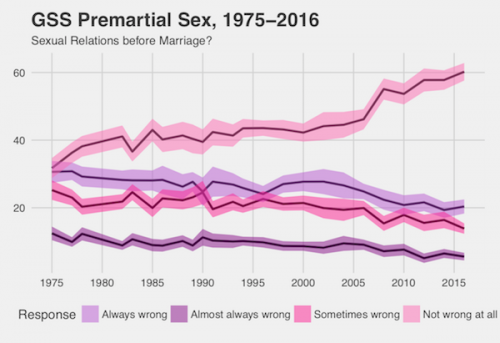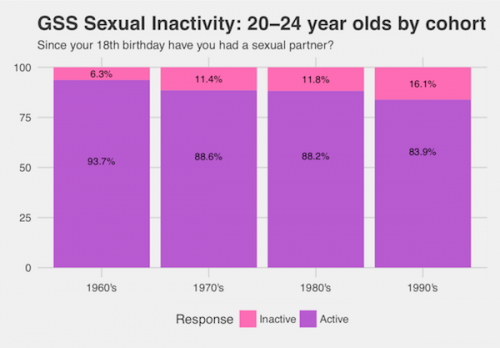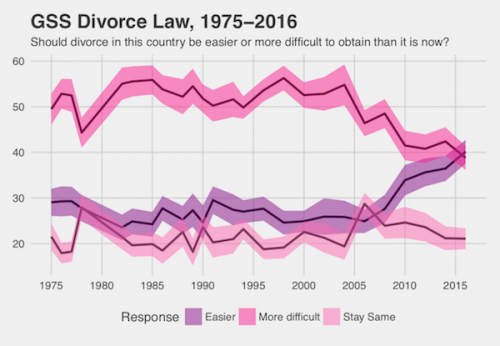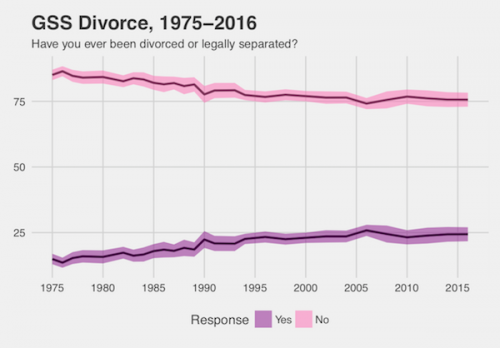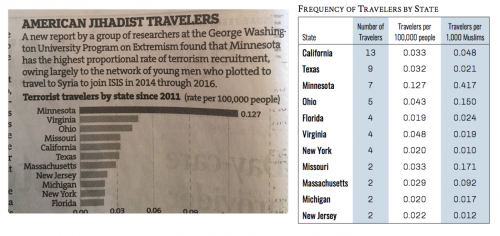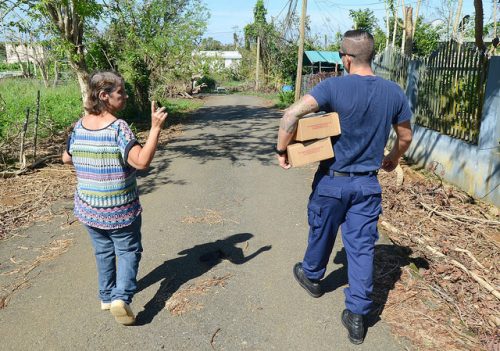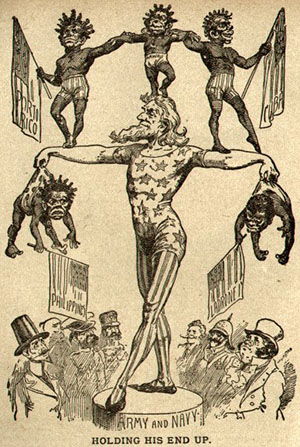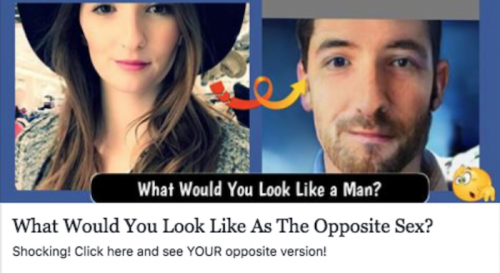
As I was scrolling through Facebook a few weeks ago, I noticed a new trend: Several friends posted pictures (via an app) of what they would look like as “the opposite sex.” Some of them were quite funny—my female-identified friends sported mustaches, while my male-identified friends revealed long flowing locks. But my sociologist-brain was curious: What makes this app so appealing? How does it decide what the “opposite sex” looks like? Assuming it grabs the users’ gender from their profiles, what would it do with users who listed their genders as non-binary, trans, or genderqueer? Would it assign them male or female? Would it crash? And, on a basic level, why are my friends partaking in this “game?”
Gender is deeply meaningful for our social world and for our identities—knowing someone’s gender gives us “cues” about how to categorize and connect with that person. Further, gender is an important way our social world is organized—for better or worse. Those who use the app engage with a part of their own identities and the world around them that is extremely significant and meaningful.
Gender is also performative. We “do” gender through the way we dress, talk, and take up space. In the same way, we read gender on people’s bodies and in how they interact with us. The app “changes people’s gender” by changing their gender performance; it alters their hair, face shape, eyes, and eyebrows. The app is thus a outlet to “play” with gender performance. In other words, it’s a way of doing digital drag. Drag is a term that is often used to refer to male-bodied people dressing in a feminine way (“drag queens”) or female-bodied people dressing in a masculine way (“drag kings”), but all people who do drag do not necessarily fit in this definition. Drag is ultimately about assuming and performing a gender. Drag is increasingly coming into the mainstream, as the popular reality TV series RuPaul’s Drag Race has been running for almost a decade now. As more people are exposed to the idea of playing with gender, we might see more of them trying it out in semi-public spaces like Facebook.
While playing with gender may be more common, it’s not all fun and games. The Facebook app in particular assumes a gender binary with clear distinctions between men and women, and this leaves many people out. While data on individuals outside of the gender binary is limited, a 2016 report from The Williams Institute estimated that 0.6% of the U.S. adult population — 1.4 million people — identify as transgender. Further, a Minnesota study of high schoolers found about 3% of the student population identify as transgender or gender nonconforming, and researchers in California estimate that 6% of adolescents are highly gender nonconforming and 20% are androgynous (equally masculine and feminine) in their gender performances.
The problem is that the stakes for challenging the gender binary are still quite high. Research shows people who do not fit neatly into the gender binary can face serious negative consequences, like discrimination and violence (including at least 28 killings of transgender individuals in 2017 and 4 already in 2018). And transgender individuals who are perceived as gender nonconforming by others tend to face more discrimination and negative health outcomes.
So, let’s all play with gender. Gender is messy and weird and mucking it up can be super fun. Let’s make a digital drag app that lets us play with gender in whatever way we please. But if we stick within the binary of male/female or man/woman, there are real consequences for those who live outside of the gender binary.
Recommended Readings:
- Baker Rogers. 2016. “Live Like a King Ya’ll: Gender Negotiation and the Performance of Masculinity among Southern Drag Kings.” Sexualities 19(1/2): 46-63.
- Judith Butler. Gender Trouble: Feminism and the Subversion of Identity (1990) and Bodies that Matter: On the Discursive Limits of Sex (1993).
- Kristen Schilt and Laurel Westbrook. 2009. “Doing Gender, Doing Heteronormativity: ‘Gender Normals,’ Transgender People, and the Social Maintenance of Heterosexuality.” Gender & Society 23(4): 440–64.
Allison Nobles is a PhD candidate in sociology at the University of Minnesota and Graduate Editor at The Society Pages. Her research primarily focuses on sexuality and gender, and their intersections with race, immigration, and law.

